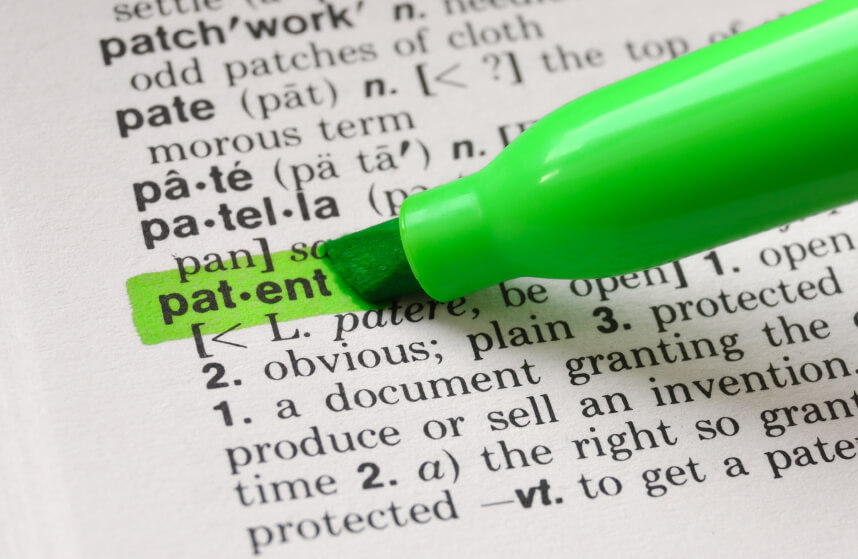 An independent patent application is a straightforward option for protecting new technology but sometimes, an alternate/effective strategy is desired to minimize the costs of patenting and/or to maintain a patent portfolio cost-effectively. This article discusses the mechanism of Patent of Addition 1 which is an effective and alternate patent strategy to augment the value of the existing patents/inventions and/or to broaden the scope of a company Patent Portfolio cost-effectively. This article also discusses likely misconceptions about the Patent of Addition.
An independent patent application is a straightforward option for protecting new technology but sometimes, an alternate/effective strategy is desired to minimize the costs of patenting and/or to maintain a patent portfolio cost-effectively. This article discusses the mechanism of Patent of Addition 1 which is an effective and alternate patent strategy to augment the value of the existing patents/inventions and/or to broaden the scope of a company Patent Portfolio cost-effectively. This article also discusses likely misconceptions about the Patent of Addition.
The Patent of Addition is a beautiful tool for modifying and/or widening the scope of a company’s patent portfolio, which is filed separately in respect of any improvement in or modification of an invention described or disclosed in a previously filed complete specification of a pending Patent application or already granted patent referred to as “main application/invention/patent”. Thus, a Patent of Addition modifies technical features and/or grafts additional technical features onto the main application/patent.
When an applicant feels that he/she has come across an invention which is a modification of or an improvement in a previous invention (“main invention”) for which he/she has filed a patent application or has been granted a patent, the applicant can proceed to apply for a Patent of Addition. However, a mere presence of some elements common to both inventions is not sufficient to establish that the proposed invention is an improvement in or modification of the main invention. The determination of the improvement in or modification over the main invention is done by the proper comparison between the novel contributions which each specification (invention) has made to the art and not between the characteristics claimed in the respective main application/patent and proposed patent of addition.
There are numerous benefits with a patent of addition, e.g., a patent of addition can be filed anytime after the filing date of the main application but before the end of the term of the main patent. The application for Patent of Addition takes advantage of the filing date of the main application. The above advantage creates misconceptions in the patent stakeholders to take the filing date of the main application as the priority date of the patent of addition. It should be noted that the purpose of the filing date of the main application is just to determine the remaining term of the patent of addition. In reality, the filing date of the patent of addition is itself the priority date of the patent of addition and that’s why the disclosure in main application/patent may be cited for novelty against the application for a patent of addition. A further benefit with it is that an application for Patent of Addition cannot be challenged on the ground of lack of inventive step for the disclosure in main application/patent [Ravi Kamal Bali vs Kala Tech And Ors. on 12 February 2008] 2 . However, the application for patent of addition must independently satisfy, the test of the invention or an “inventive step” [Biswanath Prasad Radhey Shyam v. Hindustan Metal Industries, AIR 1982 SC 1444] 3 .
Another benefit with a Patent of Addition is that an applicant needs to pay no separate fees for its yearly renewal except for that of the main patent, however, the Patent of Addition expires along with the main patent unless it is made independent according to the provisions in Section 54. If the patent for the main invention is revoked under the Act, the patent of addition shall become an independent patent for the remainder of the term of the main patent if the court or Controller so orders on the request made by the patentee (Section 55)4 . In case, the patent of addition becomes an independent patent, the same fee shall be payable upon the same dates as if the patent has been originally granted as an independent patent. A patent of addition will not be granted before granting the patent for the main invention.
The Indian Patent Act also allows to avail the above-mentioned benefits with a patent of addition for an existing independent patent/application by converting the independent patent/application to a patent of addition at a later stage provided that the subject matter of the independent patent/application is a sufficiently established improvement in or modification to a previous independent invention for which he/she holds a patent or has applied for one (“main application/patent”). However, a request to convert an independent patent/application to a Patent of Addition will not be allowed unless the filing date of the independent patent/application was the same or later than the filing date of the main application/patent (S. 54(1), S. 54 (2) & S. 54(3)).
Thus, a patent applicant can utilize the mechanism of Patent of Addition to minimize the costs of patenting and/or to maintain a patent portfolio cost-effectively either by filing patent of addition for a new invention or existing independent application/patent related to a previous application/patent.
Article by Manisha Singh and Akhilesh Kumar Gupta, 1st published on Lexology



